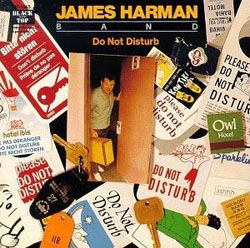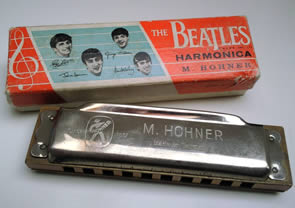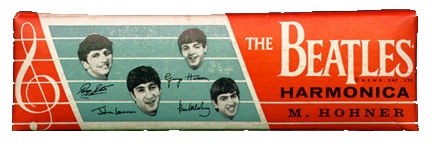Microphone Elements Explained
For this week’s Harmonica Microphones post we asked Greg Heumann to give us the low-down on the bewildering universe of mic elements. In the first of a double post, he describes two kinds of elements used for amplified blues harp and… well, it gets technical after that.
 There are many kinds of elements in all of microphone-dom, including ribbon mics, condensers, electret, crystal and dynamic. Acoustic players may well use any of these. However, except in the recording studio, amplified players will only be concerned with dynamic and crystal elements.
There are many kinds of elements in all of microphone-dom, including ribbon mics, condensers, electret, crystal and dynamic. Acoustic players may well use any of these. However, except in the recording studio, amplified players will only be concerned with dynamic and crystal elements.
Fact 1: There is no such thing as a mic element designed for harmonica players.
Every microphone uses an element that was designed for more general purposes. As a rule, the more expensive a mic was when new, relative to other mics of its vintage, the better it performs as a general purpose mic. To engineers, this means it has better frequency response (able to “hear” higher and lower sounds), flatter frequency response (no particular frequencies are made significantly louder or softer), and/or more “headroom” (the ability to tolerate higher sound pressure levels without distorting).
In this case “better” is usually means better for acoustic players. But… Read more

 The song was ‘
The song was ‘

 I have since learned that, given the opportunity of two best options, ‘either or’ is quite simply an unfair question. So I am taking a leaf from my daughter’s book and, free of compunction, I have to name two favourite albums. In the frying pan we have Girls Go Wild by The Fabulous Thunderbirds, while under the grill we have Live at The Marquee by
I have since learned that, given the opportunity of two best options, ‘either or’ is quite simply an unfair question. So I am taking a leaf from my daughter’s book and, free of compunction, I have to name two favourite albums. In the frying pan we have Girls Go Wild by The Fabulous Thunderbirds, while under the grill we have Live at The Marquee by